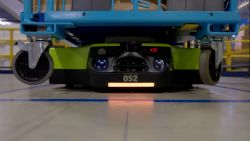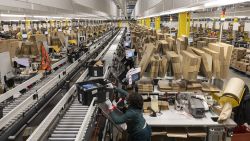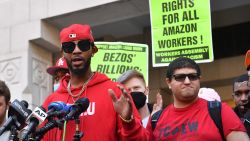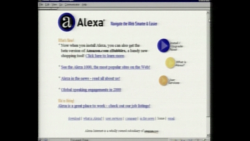I’ve been covering Amazon’s HQ2 search since it began last year. It started with 238 cities vying to host Amazon’s second headquarters. Then it dropped to 20 finalists. Now, half of HQ2 is landing in my backyard.
Amazon, based in Seattle, has picked two locations for its second headquarters. One is Arlington, Virginia and the other is Long Island City in the Queens borough of New York City. I moved to LIC, as New Yorkers call it, in 2015. Let me tell you about it.
Years ago, Long Island City was a bustling industrial area. Then it went through a rough and desolate phase. Now it’s known for high-rise buildings, spectacular views of Manhattan, parks and turf fields and trendy restaurants.
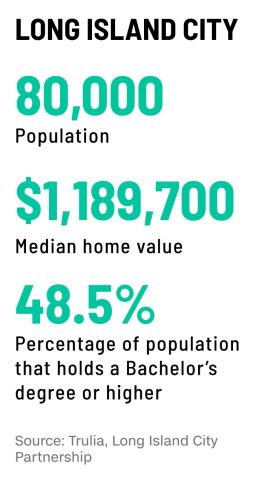
It makes sense that Long Island City caught Amazon’s eye. There’s a lot of residential construction in development and plenty of land to build on. It has become particularly appealing to young professionals (read = me) and families. My subway commute under the East River to work in Manhattan is about 20 minutes door to door, and it takes me five minutes to get to Grand Central Terminal.
My neighborhood is changing and growing — fast. The current population is estimated to be about 80,000, a 21% jump from five years ago, according to the Long Island City Partnership, a local development group. And the population is expected to increase. The partnership predicts it will exceed 100,000 by 2021. Just over half the population is between the ages of 20 and 44, and about half have a bachelor’s degree or higher, per LICP data.
Amazon says it will inject more than 25,000 workers to the neighborhood over time. Of course, they wouldn’t all live in the area, but the company put a high priority on locating in a place with a big, skilled workforce. The New York metro area has that. And Amazon’s jobs are high-paying, too — the average annual salary will be $150,000.
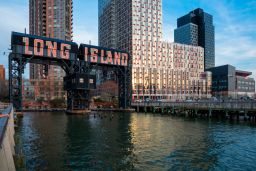
Juan “Rick” Rosa, a real estate broker with Douglas Elliman, has lived in Long Island City for almost 20 years. He calls it a former “industrial wasteland” that was home to factories, rail yards and manufacturing facilities.
But then the neighborhood began to change. Citigroup opened a skyscraper in 1990. The area was rezoned in 2001 in an effort to add more offices, stores and places to live. Experts say growth in the neighborhood has accelerated especially fast in the past five years.
Vernon Boulevard, a neighborhood main street with shops and restaurants, reminds me of small-town Vermont, where I’m from. A New American restaurant recently opened up on the corner. But the waterfront is what really drew me to Long Island City. It has plenty of new sidewalks for running or walking, and the views of Manhattan are incredible.
But off the water, many corners feel like a construction zone. I see cranes and apartment buildings under construction every day on my way to work, and frequently notice new buildings. Over 11,700 residential units are projected to open by 2020.
And housing prices are rising. The median home value in Long Island City was nearly $1.2 million as of September, according to data from real estate listings site Trulia. That’s up from $741,900 in 2013. (It’s also much higher than the national median home price of $220,100 in 2018 and $161,300 in 2013).
One of the major concerns about the HQ2 process was how a city would absorb the arrival of so many new workers. But the impact would be muted in the New York City area. According to research from Apartment List, bringing half of HQ2 to the New York City area would result in less than a 0.1% increase in rent growth.
Infrastructure is a challenge. According to Elizabeth Lusskin, president of the Long Island City Partnership, Long Island City has to address core infrastructure issues and sewage problems, as well as open more schools.
“These are real issues that exist in cities everywhere — it’s nothing new,” Lusskin said. “We’re going to continue to need more schools, more open space, an upgraded street [design] and intra-Long Island City transportation. It’s a big neighborhood.”
If thousands of new Amazon workers come to town, it would also put extra strain on the already-struggling New York City subway system, and add more congestion to the 7 train line.
New York City recently announced it would help by spending $180 million on infrastructure in the neighborhood. “These are issues that we have to work on, no matter what,” Lusskin said. “This is a rapidly growing area.”
Amazon’s announcement on Tuesday is set to be one that shapes the future of where I live.


